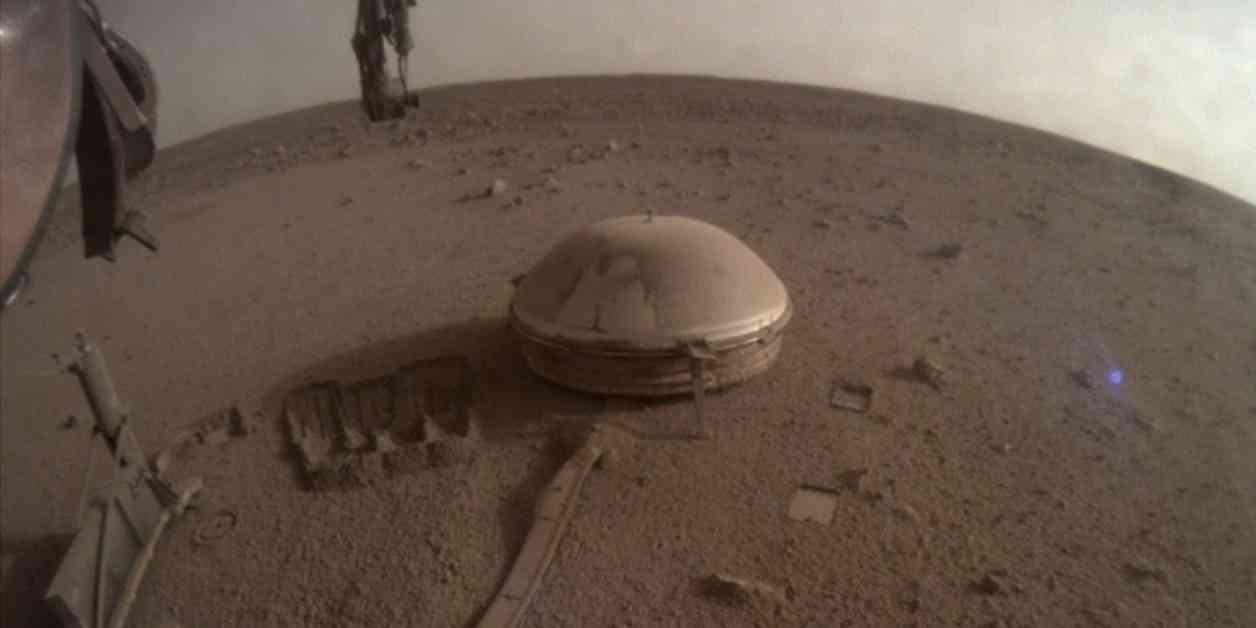Mars, the red planet, has always been a subject of fascination for scientists and space enthusiasts alike. New research has now suggested that Mars may have a significant amount of water hidden beneath its surface, potentially enough to form a global ocean.
The findings, released by a team of scientists on Monday, are based on seismic measurements collected by NASA’s Mars InSight rover. The rover detected more than 1,300 marsquakes before its mission ended two years ago. These measurements indicate that water could be present in the cracks of rocks deep underground, approximately seven to 12 miles beneath the Martian crust.
Lead scientist Vashan Wright from the University of California San Diego’s Scripps Institution of Oceanography explained to The Associated Press that this water might have seeped from the planet’s surface billions of years ago when Mars had rivers, lakes, and possibly even oceans.
However, the presence of water beneath Mars’ surface does not necessarily mean that it harbors life. Wright clarified that the findings suggest the existence of environments that could potentially be habitable, but further exploration is needed to confirm this.
The team’s research, published in the Proceedings of the National Academy of Sciences, utilized computer models and data from the InSight rover to determine the likelihood of underground water. If the water detected near the equator by InSight is representative of the rest of Mars, there could be enough water underground to fill a global ocean at a depth of about a mile.
To validate the presence of water and the possibility of life on Mars, scientists would need to develop technology to drill deep into the planet’s crust. While it is believed that Mars once had large volumes of water on its surface over three billion years ago, the water is thought to have either drained underground or been lost to space as the planet’s atmosphere thinned.
The disappearance of water on Mars transformed the planet into the dry and dusty world we observe today. The findings from this research shed light on the potential for habitable environments beneath Mars’ surface and open up new avenues for further exploration and discovery.
As we continue to unravel the mysteries of Mars, the quest to understand the red planet’s past and potential for life remains a top priority for scientists and space agencies around the world. The tantalizing prospect of a global ocean hidden beneath Mars’ surface fuels our curiosity and drives us to push the boundaries of exploration further than ever before.




